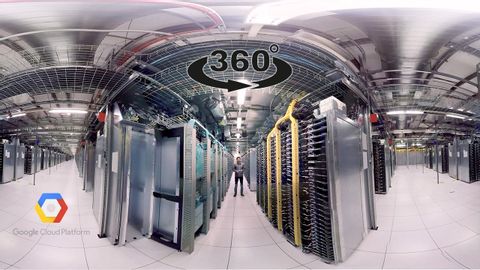
Subtitles & vocabulary
Google Data Center 360° Tour
00
韓澐 posted on 2016/04/20Save
Video vocabulary
pretty
US /ˈprɪti/
・
UK /'prɪtɪ/
- Adjective
- Being attractive to the eye in a simple way
- Attractive in a delicate way without being truly beautiful
- Adverb
- Very; to a great degree
- To some extent; fairly
A1TOEIC
More infrastructure
US /ˈɪnfrəˌstrʌktʃɚ/
・
UK /'ɪnfrəstrʌktʃə(r)/
- Uncountable Noun
- Basic necessary equipment for a country or region
- The underlying framework or system of an organization.
B1
More efficient
US /ɪˈfɪʃənt/
・
UK /ɪˈfɪʃnt/
- Adjective
- Able to produce results without waste
- Capable of producing desired results with little or no waste (of time, energy, or other resources).
A2TOEIC
More water
US /ˈwɔtɚ, ˈwɑtɚ/
・
UK /'wɔ:tə(r)/
- Uncountable Noun
- Clear liquid that forms the seas, rivers and rain
- Large area such as an ocean or sea
- Intransitive Verb
- (Of the eyes) to produce tears
- (Mouth) to become wet at the thought of nice food
A1
More Use Energy
Unlock All Vocabulary
Unlock pronunciation, explanations, and filters
